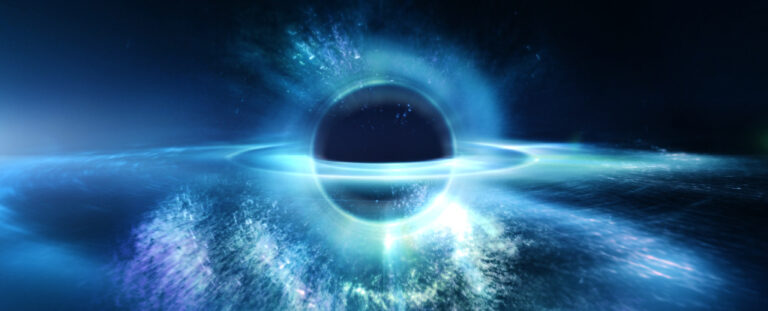Physicists Achieve Groundbreaking Measurement of Antimatter’s Response to Gravity for the First Time
In terms of gravity, both matter and its charge-flipped counterpart, antimatter, deserve a warm embrace. The recent accomplishment of the international Antihydrogen Laser Physics Apparatus (ALPHA) collaboration involved the groundbreaking direct measurement of freely falling antimatter. If the results had been different, we might have finally obtained a solid clue regarding the whereabouts of half of the Universe approximately 13.4 billion years ago.
Antimatter serves as the quantum reflection of the familiar type of matter that constitutes everyday objects. By reversing the charge and a few other subtle characteristics of an electron, we obtain a positively charged particle known as a positron, which is equally minuscule. Similarly, constructing a proton from antiquarks yields a negative equivalent called an antiproton. When these two components are combined, an atom of antihydrogen is formed, with a positive particle orbiting a negative nucleus.
The Universe is not hesitant in generating antimatter particles, no more than it is in producing matter. However, when matter and antimatter come into contact, their opposing properties swiftly annul each other, leaving behind nothing but a rapidly expanding burst of gamma rays as evidence of their existence.
This straightforward reality of cosmic bookkeeping presents a perplexing enigma – why does our Universe consist of matter, such as stars, planets, and galaxies, if an equal amount of antimatter emerged during the intense heat of the Big Bang, only to cancel it all out?
While certain physicists have raised doubts about the assumptions behind the creation and annihilation of antimatter, others have questioned the fundamental behaviors of its mirror twin.
For instance, if positrons were repelled by gravity instead of being attracted, it is possible that these two forms of matter could have been separated during the early stages of the Universe’s formation.
This is an intriguing concept, even though it lacks support from existing theories.
Jonathan Wurtele, a plasma physicist and member of the ALPHA collaboration at the University of California, Berkeley, explains, “If antihydrogen exhibited any differences from hydrogen, it would be a groundbreaking discovery because both quantum mechanics and gravity dictate that their behaviors should be identical.”
“However, we can only ascertain this through experimentation.”
Nevertheless, conducting such an experiment is easier said than done.
We have been examining the influence of gravity on various types of matter for a long time, predating the famous story of Galileo dropping objects from the top of the tower in Pisa, which is known as the weak equivalence principle.
Dropping a mass composed of antimatter presents a unique set of challenges.
Firstly, the production of antiprotons and positrons, the building blocks of antimatter, has been limited to just a few nanograms throughout history, despite being synthesized in particle colliders.
Secondly, the process of slowing down, storing, and transporting antimatter particles for experimentation poses another obstacle.
However, the most significant hurdle lies in the vast disparity between the strength of gravity and electromagnetism. The force of gravity acting on a single proton on Earth’s surface is equivalent to an electric field of merely 0.000001 volts per square meter.
Magnetic fields pose an even greater challenge, forcing researchers to think innovatively in order to determine whether antimatter objects fall in the same manner as their matter counterparts.
In 2022, researchers discovered indirect evidence suggesting that both matter and antimatter respond to gravity in the same way. Through an 18-month experiment involving the manipulation of matter and antimatter within a trap, no indications were found that gravity had a distinct effect on antimatter.
To further advance experimentation, ALPHA developed a vertical vacuum chamber equipped with adjustable magnetic fields, allowing them to ‘drop’ particles of antihydrogen down its center.
“Broadly speaking, we’re making antimatter and we’re doing a Leaning Tower of Pisa kind of experiment,” says Wurtele.
By manipulating the magnetic fields in a precise manner, the scientists were able to nullify their influence, resulting in a greater gravitational pull that caused more particles to descend towards Earth rather than ascend towards the sky.
This experiment allows us to temporarily dismiss the notion that gravity selectively separated antimatter from the remnants of the Big Bang.
However, there remains a slight chance that gravity exhibits a preference towards one of the two counterparts of matter. If this is the case, it could potentially elucidate the reason behind our inheritance of an entire Universe.
This article is republished from sciencealert under a Creative Commons license. Read the original article.
Do not forget to share your opinion with us to provide you with the best posts !




0 Comments